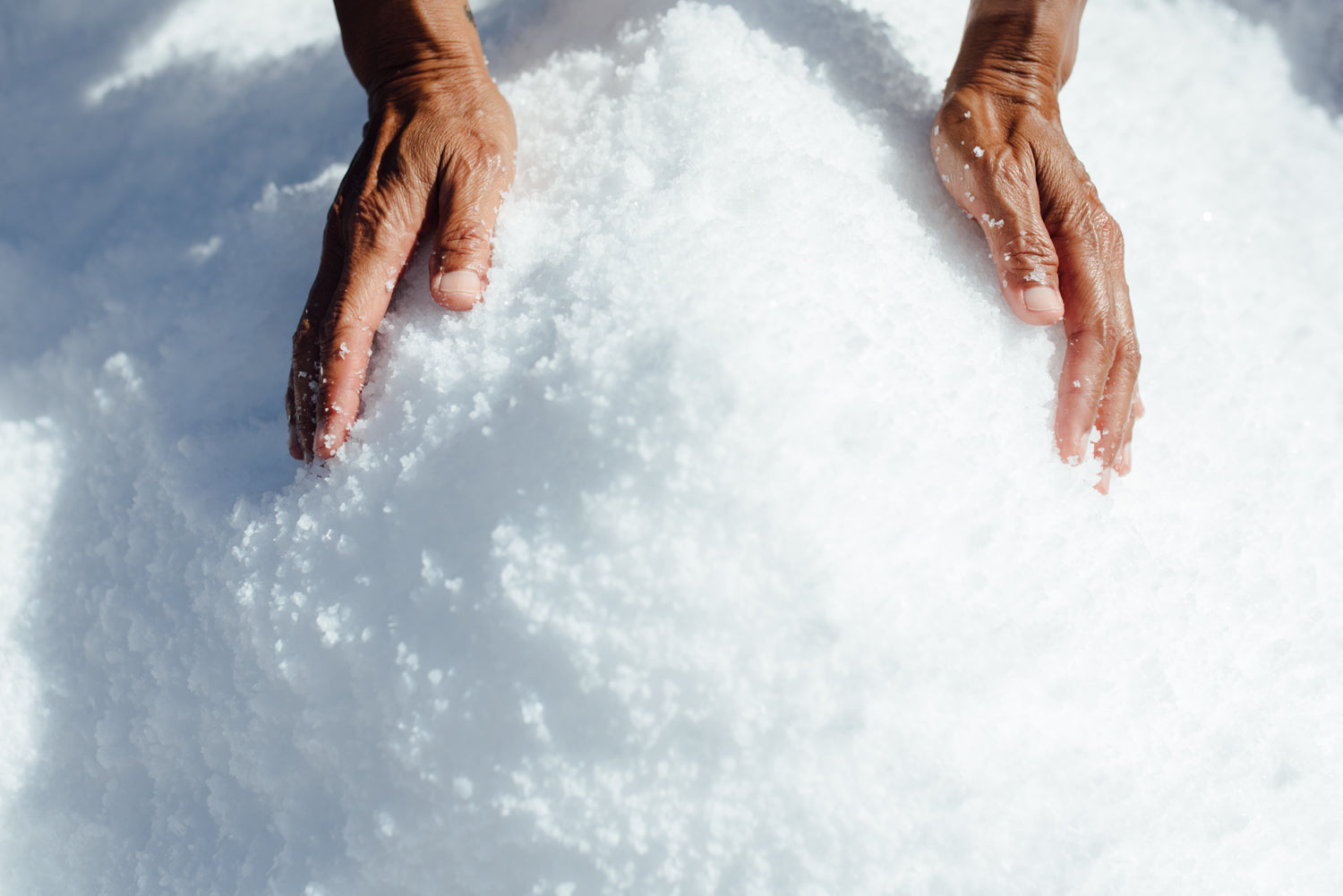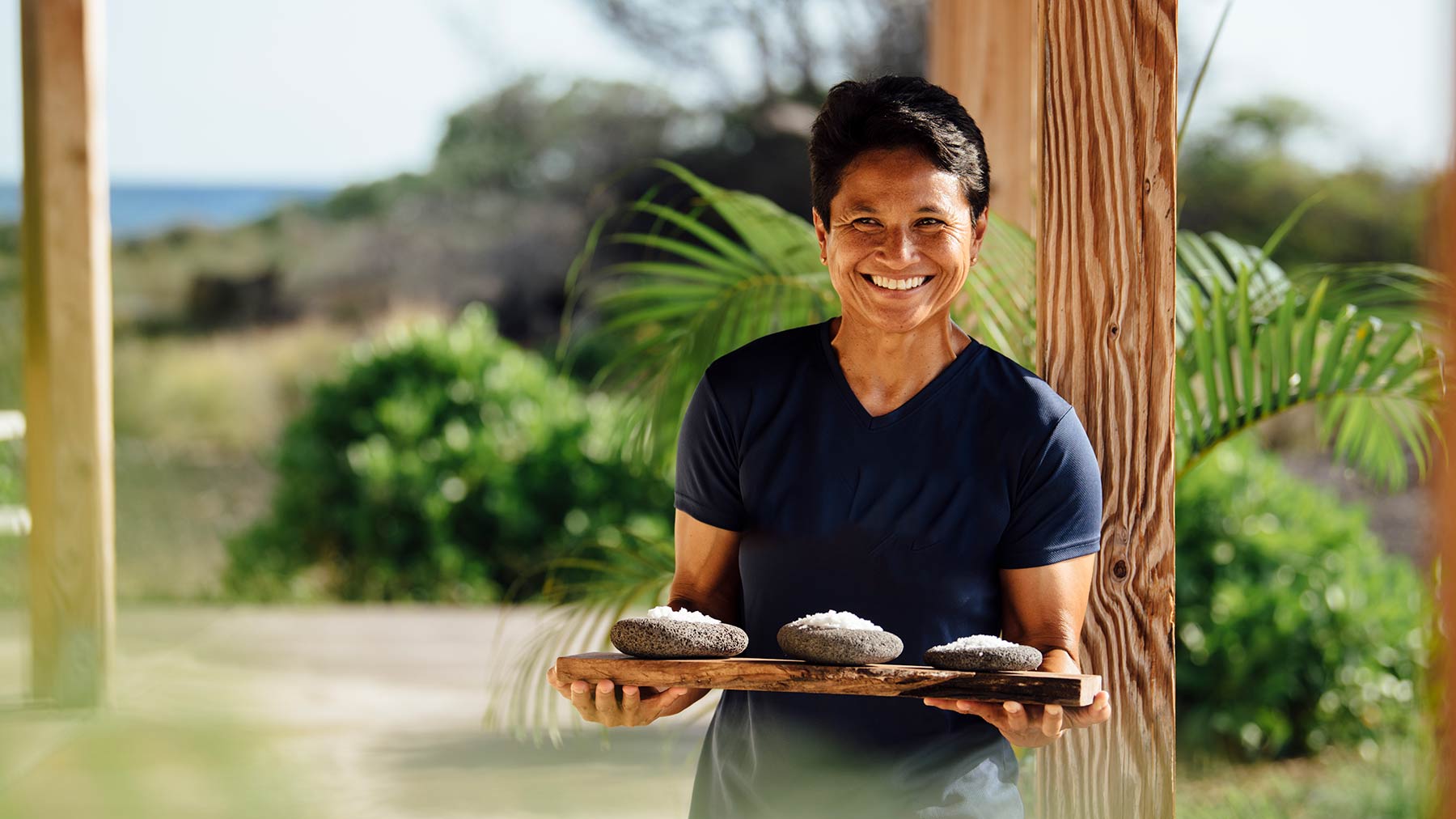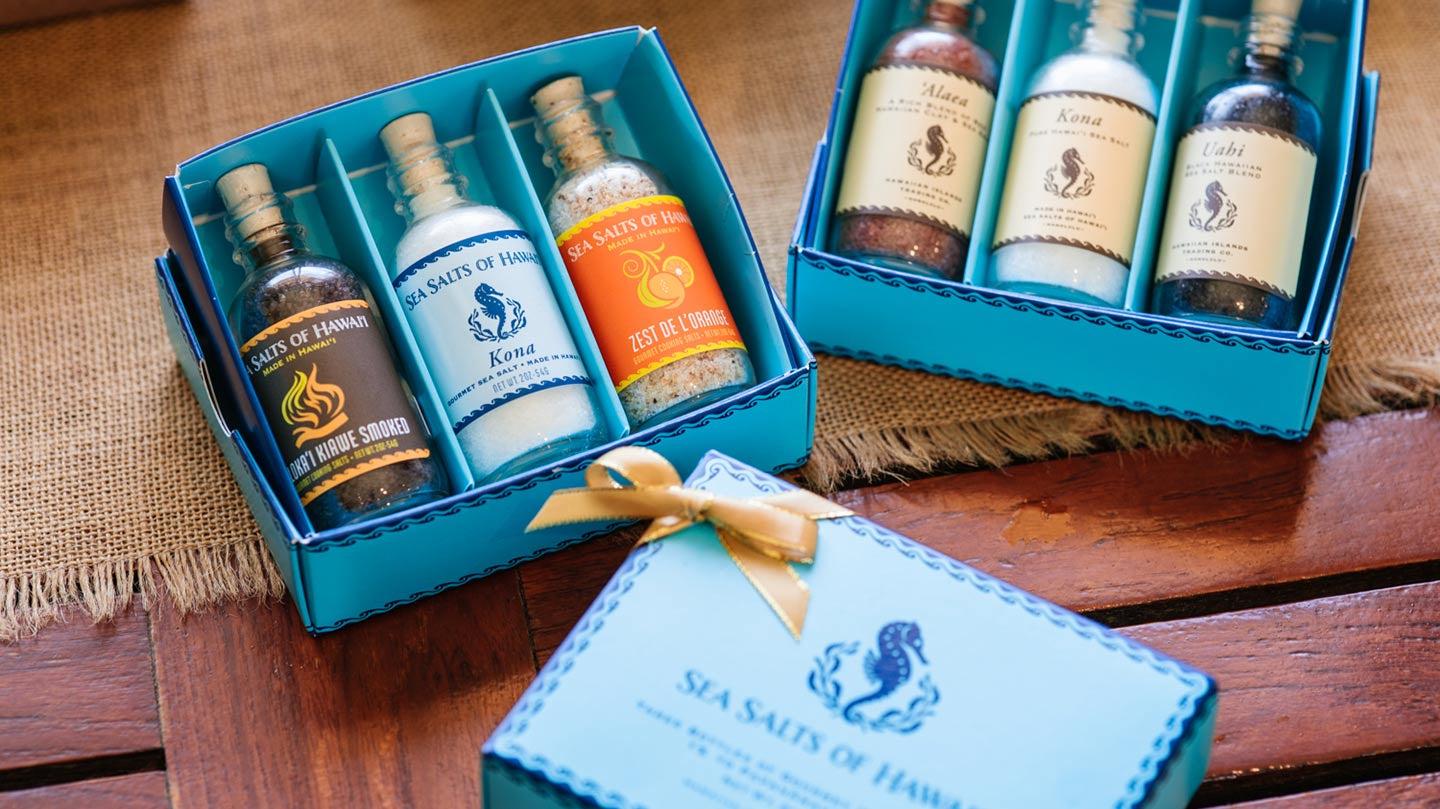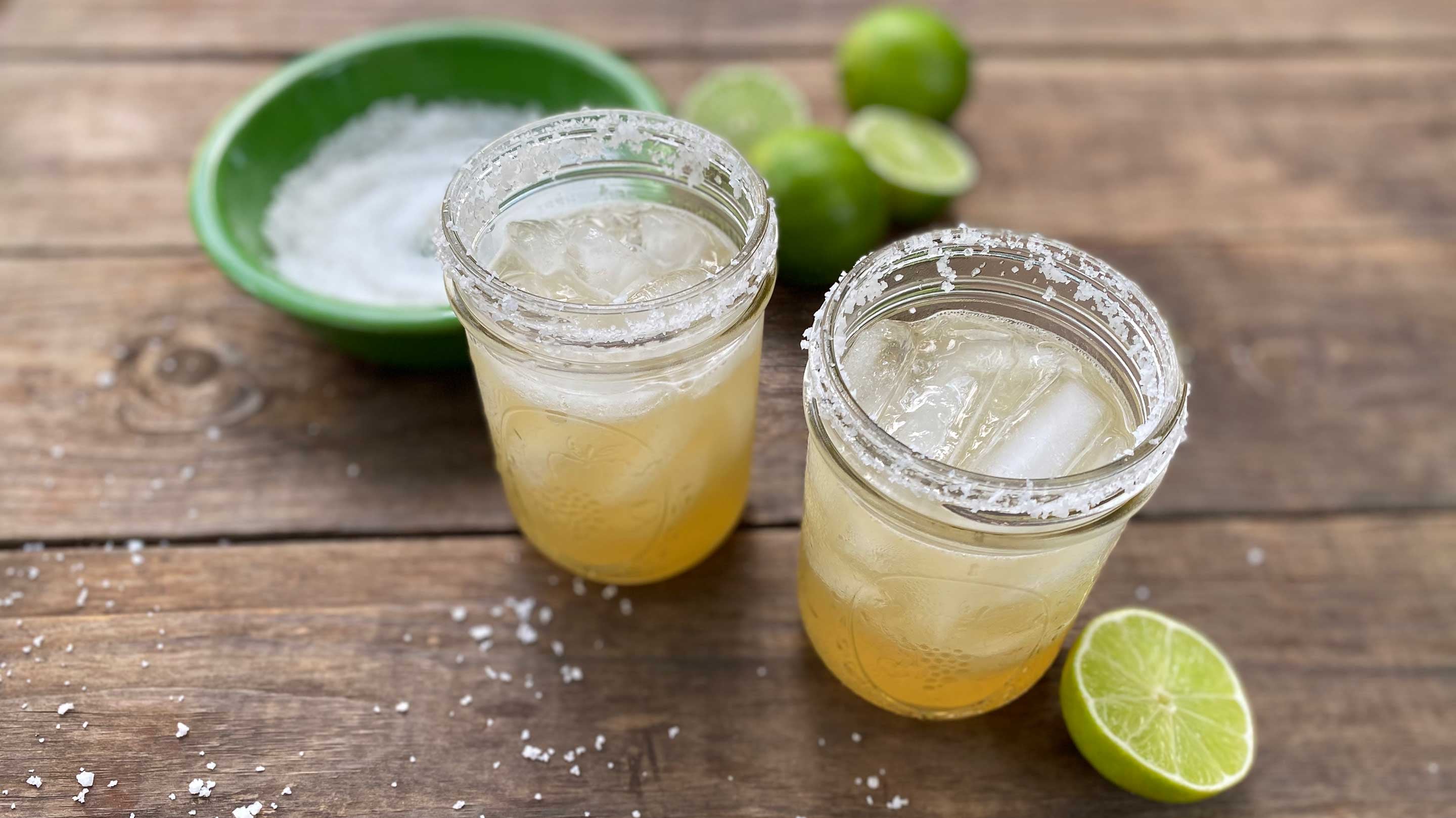Here in Hawai‘i—and across countless online shops—there are salts that look Hawaiian or outright claim to be, but how can you tell which ones are truly authentic?
Who Actually Makes Salt in Hawai‘i?
There are currently two commercial producers of Hawaiian Salt:
- Kona Salt Farm by Sea Salts of Hawai‘i on Hawai‘i Island
- Hawaii Kai Corporation on Moloka‘i


Hawaii Kai, Moloka'i The Kona Salt Farm, Hawai‘i Island
At Kona Salt Farm, we make only 100% pure Hawaiian Salt from deep ocean water drawn from 2,200 feet below the surface. Our salt is Kona Sea Salt, and we also offer a variety of flavored salts based on this same pure source.
Hawaii Kai produces:
- Soul of the Sea (pure Hawaiian Salt)
- Palm Island Premium (Hawaiian salt blends)
Our Sea Salts of Hawai‘i retail line includes our Kona Pure and Flavored Salts as well as several Moloka‘i salts: Red ‘Alaea, Uahi Black, Maui Onion, and Moloka‘i Kiawe Smoked.
What Does Pa‘akai Mean?
Pa‘akai is the Hawaiian word for salt, combining pa‘a (hardened) and kai (sea). While technically it means "solidified seawater," in practice, pa‘akai implies salt that is Hawaiian in both origin and spirit. For those raised in Hawai‘i, it carries deep cultural meaning beyond seasoning.
Traditional vs. Commercial Salt in Hawai‘i
Traditionally, Hawaiian salt was gathered from the shore or cultivated in salt ponds and was never sold, only gifted or traded within the community. This tradition still exists today.

Hanapepe's Traditional Salt Ponds
Commercially producing salt for sale is a regulated process overseen by the FDA and the State of Hawai‘i. To comply:
- Salt harvesting must take place in enclosed, food-safe environments (not from the ground or open shore).
- Harvested salt must be heat-treated post-harvest to approved standards.
- Salt farms and packaging kitchens are inspected regularly by the Department of Health and FDA.


Kona Salt Farm "Evaporation Tunnels" Hawaii Kai Molokai's Salt Evaporators
What Makes Salt “Hawaiian”?
There is no federal or trademarked standard that defines “Hawaiian Salt.” Unfortunately, this allows for widespread misuse of the name. However, industry best practices and cultural responsibility help guide what’s legitimate:
- It must be evaporated, crystallized, and packaged in Hawai‘i from water sourced here—not imported salt repackaged on the islands.
- The production process should honor Hawai‘i’s environmental and cultural standards.
Misrepresenting a salt as “Hawaiian” when it’s not is more than just misleading—it's culturally inappropriate and deeply unfair to the people who work in the sun every day harvesting real Hawaiian salt and to the businesses doing it right.
What About the “Made in Hawai‘i” Label?

The “Made in Hawai‘i” designation can be misleading. Legally, a product can use the label if 51% of its value is derived from Hawai‘i, including labor and design. This rule was meant for value-added goods (e.g., a cake baked in Hawai‘i using imported flour), but it’s often abused.
Some companies apply inflated labor valuations or minimal repackaging in Hawai‘i to justify the label—even when the salt itself is not Hawaiian.
Producer vs. Reseller: What’s the Difference?
Resellers may legally sell flavored or smoked Hawaiian salts if they buy them from a legitimate producer. Some—like Volcano Hawaiian Salt, which uses guava and kiawe woods for smoking—are transparent and respectful in their approach.
Others, however, use terms like “Hawaiian Style Salt” or simply “Sea Salt” to imply authenticity without delivering it.
Here’s how to tell the difference:
Legitimate Producers Should Have:
- FDA Food Manufacturer Registration (for the production site, not just a kitchen)
- Photos or videos of the salt farm
- Records showing employment of a salt harvesting team
- Shipping records from the salt farm to their packing facility
Legitimate Resellers Should Have:
- Invoices from Hawaiian salt producers
- Shipping records
- FDA Food Facility Registration (for their handling facility)
What Should Consumers Look For?
- Read the ingredients: If it says just Sea Salt without mentioning a Hawaiian source, it likely isn’t.
- Check the packaging language: Phrases like “Packed in Hawai‘i” or “Hawaiian Style” are red flags.
- Look for transparency: Does the brand show you their salt farm, process, or source?
Questions Chefs, Buyers & Retailers Should Ask
If you’re a chef, food manufacturer, or retailer, here are the right questions to ask when sourcing Hawaiian Salt:
- Can you provide FDA registration for the salt production site?
- Do you have photos or videos of the salt harvesting area?
- Are there shipping and packing records?
- Is there documentation showing a local team harvesting the salt?
In Summary: Why It Matters
Authentic Hawaiian Salt carries not just flavor—but heritage, integrity, and hard work. Every grain harvested under the Hawaiian sun represents a commitment to tradition, quality, and respect for place.
Mahalo for educating yourself and choosing better.
*if we got anything incorrect, please send us information to info@konaseasalt.com and we are happy to make a correction.




